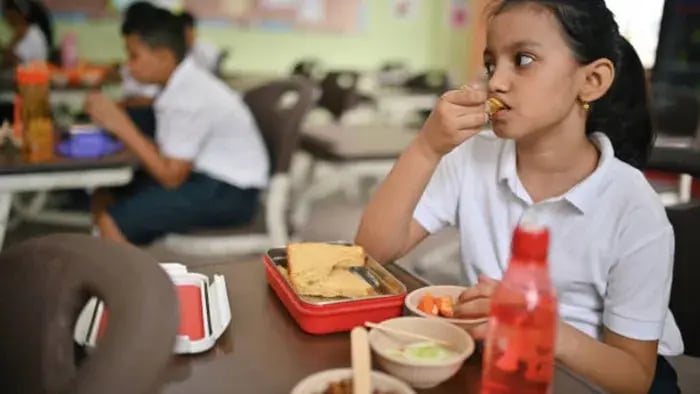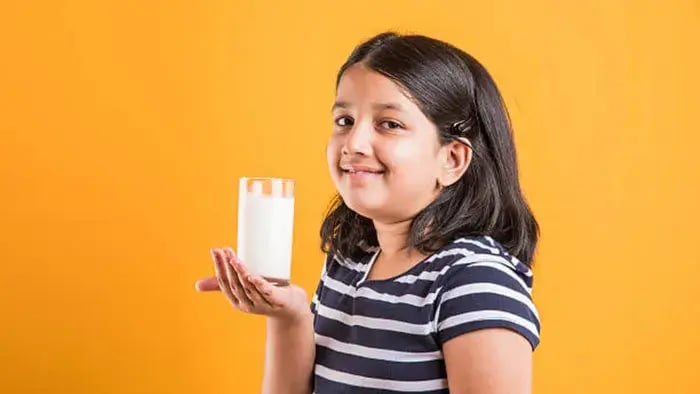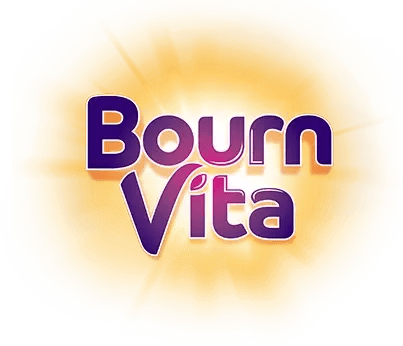- Moong Dal (Split Green Gram)
- Jowar (Sorghum)
- Chana (Bengal Gram) and Roasted Chana Snacks
- Guava and Papaya
- Palak (Spinach)
- Multigrain Rotis
- Besan (Gram Flour)
Introduction
From helping with digestion to giving long-lasting energy, fibre is essential for your child’s daily health. It keeps their tummy full, prevents constipation and even improves concentration by slowing down sugar absorption. According to a study published in, Cochrane Database Syst Rev. 2024, despite its many benefits, fibre is often missing from children’s plates—especially when meals are rushed or processed.

Luckily, Indian cuisine is full of fibre-rich foods that are nourishing and familiar. From whole grains like jowar and bajra to dals, seasonal fruits, and green vegetables, there are many easy, home-style options you can add to their daily meals. Whether it’s a bowl of moong dal khichdi, a handful of roasted chana, or a chapati made with multigrain flour, these small changes can make a big difference in keeping your child active, focused, and comfortable.
Choosing the right fibre-rich ingredients isn’t about complicated recipes or expensive products. It’s about using what’s already in your kitchen in a smart and consistent way. When you add these natural foods to your child’s plate regularly, you’re not just filling their tummy—you’re strengthening their digestion, immunity and overall growth. Start with small swaps and build a routine that supports a happy, healthy gut—one bite at a time.
7 Fiber-Rich Food Items For Parents To Add To Their Kids Diet

Fibre is essential for smooth digestion, regular bowel movements, and balanced energy throughout the day. It also plays a silent but powerful role in improving focus, immunity, and mood. Here are seven fibre-packed Indian foods.
Moong Dal (Split Green Gram)
According to a study published in Nutrients. 2019, moong dal is one of the best lentils for children; it’s easy to digest, rich in fibre and full of plant-based protein. It helps in bowel regularity and supports gut health, especially in younger kids who are just starting solids. You can serve it as plain dal, khichdi or even pancakes (cheela) for variety.
Jowar (Sorghum)
As per the FSSAI, jowar is a gluten-free whole grain loaded with dietary fibre, iron and magnesium. Including jowar in the form of rotis, upma, or porridge helps support digestion and boost energy. It’s beneficial for children who have wheat sensitivities or are lactose intolerant, as it provides bulk and nutrition without any dairy.
Chana (Bengal Gram) and Roasted Chana Snacks
Research published in Nutrients. 2016, states that boiled chana or roasted chana is a powerhouse of fibre and protein. These can be included in tikkis, salads or chaat for lunchboxes. Roasted chana makes for a fantastic evening snack that keeps hunger away and improves digestion. It also builds stamina and supports muscle growth, making it ideal for active schoolgoers.
Guava and Papaya
Studies conducted by Molecules. 2022, states that guava regulates digestion, and papaya has enzymes that help in breaking down food better. Both can be given fresh, added to fruit chaat or even blended into smoothies with a pinch of cardamom for taste. Since they are dairy-free, they’re perfect for lactose-intolerant kids.
Palak (Spinach)
Palak can be blended into parathas, added to dal or mixed into pasta and pulao. When cooked well and in creative ways, kids will accept it more easily. According to National Academies Press 1989, the fiber in palak supports gut function and ensures steady iron absorption for energy and growth.
Multigrain Rotis
As per a study published in, J Food Sci Technol. 2011, using flours like wheat, bajra, ragi and oats together increased the fiber content of daily chapatis. This mix adds variety to the diet, satiety and ensures your child gets a broader nutrient profile. It also encourages better digestion and long-term interest in whole foods over refined ones.
Besan (Gram Flour)
As per the research done by FSSAI, besan is a versatile high fiber ingredient that’s easy to work with. Make besan pancakes, laddoos or even pakoras with veggies for a twist. It keeps energy stable and supports gut health. Besan is gluten-free and naturally dairy-free, making it perfect for sensitive tummies.
Conclusion

Including fiber-rich foods in your child’s daily meals doesn’t have to be complicated or boring. With so many delicious Indian options like moong dal, jowar, besan, and fruits like guava and papaya, you can easily make every meal more nourishing and digestion-friendly. These foods not only support regular bowel movements and prevent constipation, but also help in keeping your child full, focused, and energized throughout the day.
Her love for storytelling began with reading her grandfather’s speeches, where Tarishi saw the power of words in creating lasting memories. Combining her passions for food and writing, she has turned her life into a fulfilling path of sharing stories that celebrate flavours and how food brings communities together.
The views expressed are that of the expert alone.
The information provided in this content is for informational purposes only and should not be considered a substitute for professional medical advice, diagnosis, or treatment. Always seek the advice of your physician or another qualified healthcare provider before making any significant changes to your diet, exercise, or medication routines.
References
https://pmc.ncbi.nlm.nih.gov/articles/PMC4033754/
National Academies Press (US); 1989.
https://pmc.ncbi.nlm.nih.gov/articles/PMC9611817/
https://pmc.ncbi.nlm.nih.gov/articles/PMC5188421/
https://fssai.gov.in/upload/uploadfiles/files/Guidance_Notes_Version_2_Millets_29_01_2020.pdf
















